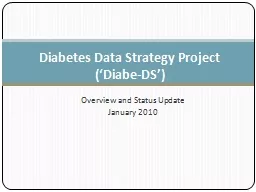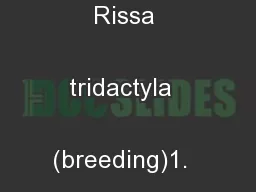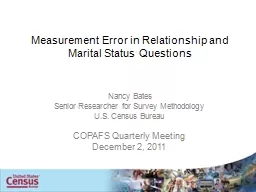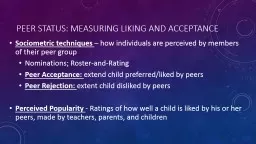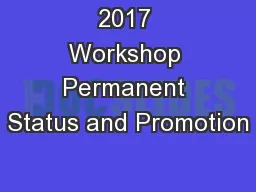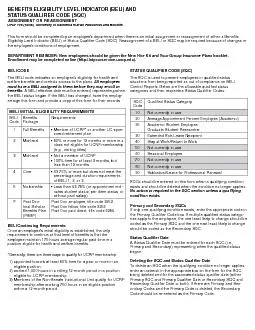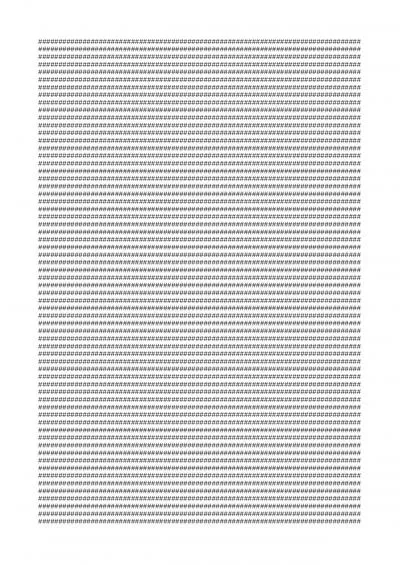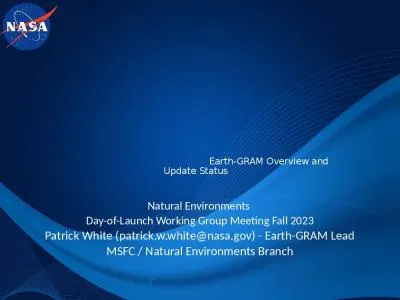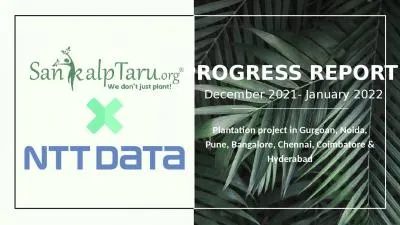PPT-Overview and Status Update
Author : trish-goza | Published Date : 2020-01-14
Overview and Status Update January 2010 Diabetes Data Strategy Project Diabe DS Objectives Understand the purpose and scope of the Diabe DS proofofconcept project
Presentation Embed Code
Download Presentation
Download Presentation The PPT/PDF document "Overview and Status Update" is the property of its rightful owner. Permission is granted to download and print the materials on this website for personal, non-commercial use only, and to display it on your personal computer provided you do not modify the materials and that you retain all copyright notices contained in the materials. By downloading content from our website, you accept the terms of this agreement.
Overview and Status Update: Transcript
Download Rules Of Document
"Overview and Status Update"The content belongs to its owner. You may download and print it for personal use, without modification, and keep all copyright notices. By downloading, you agree to these terms.
Related Documents

